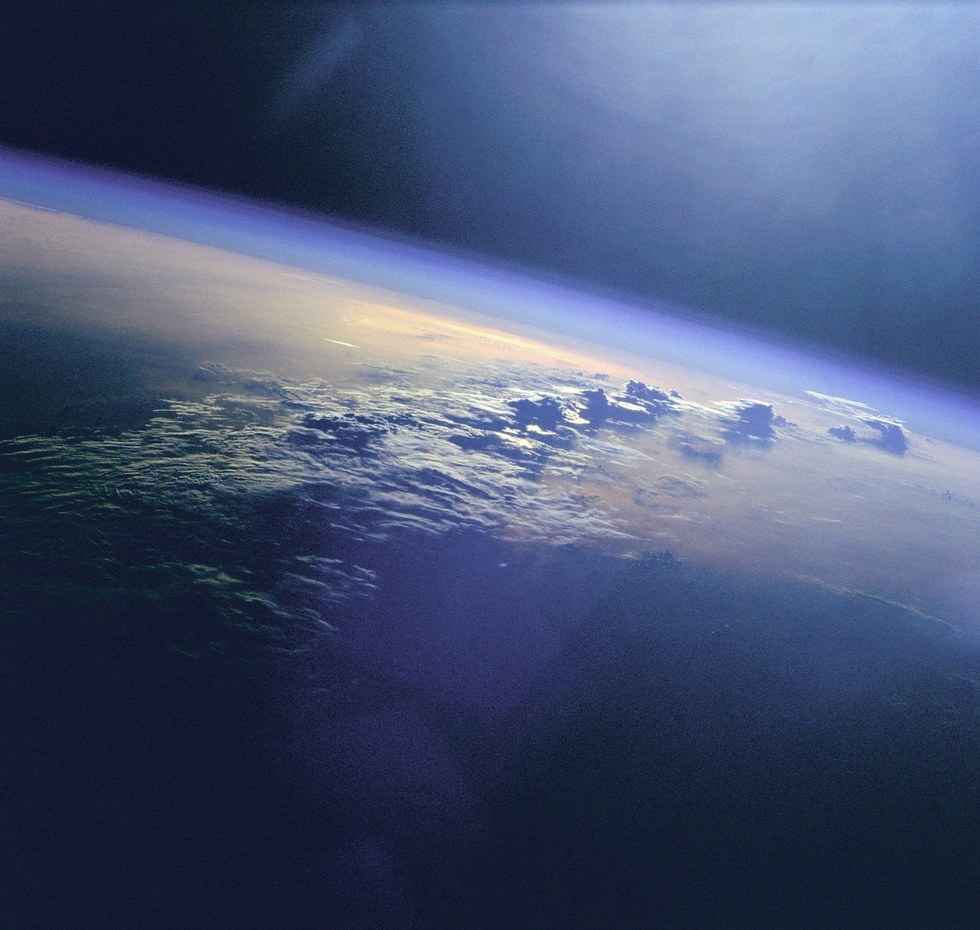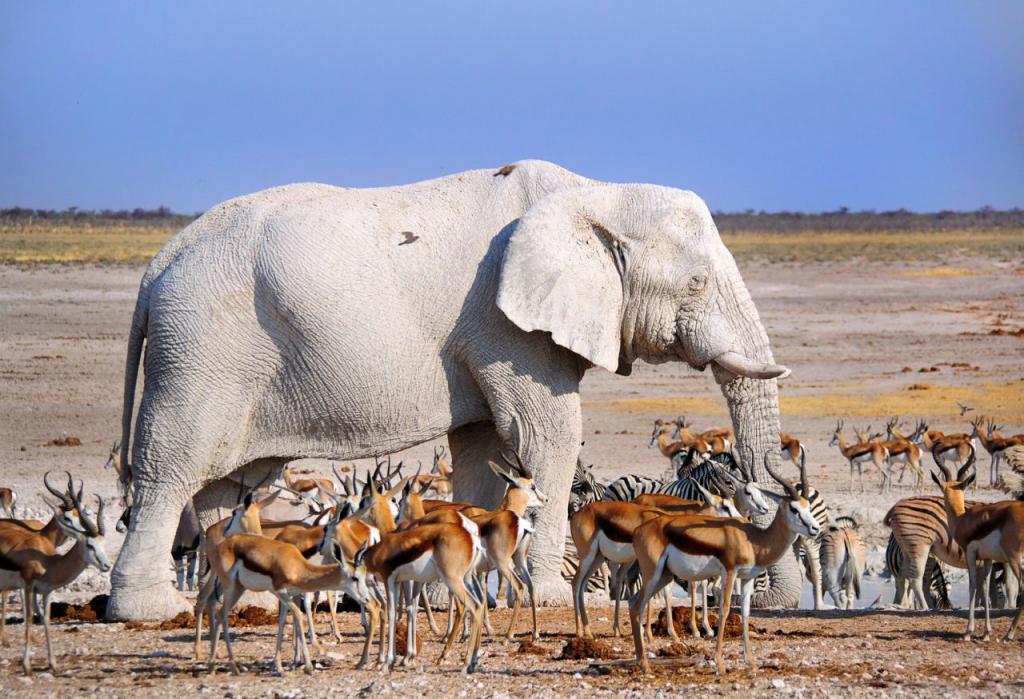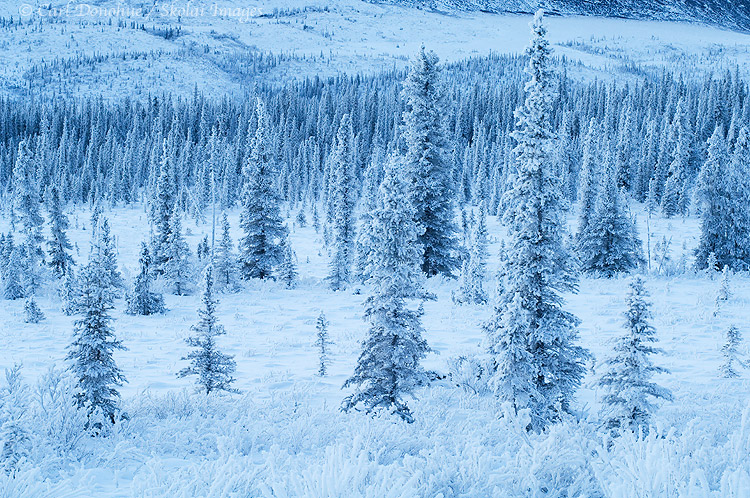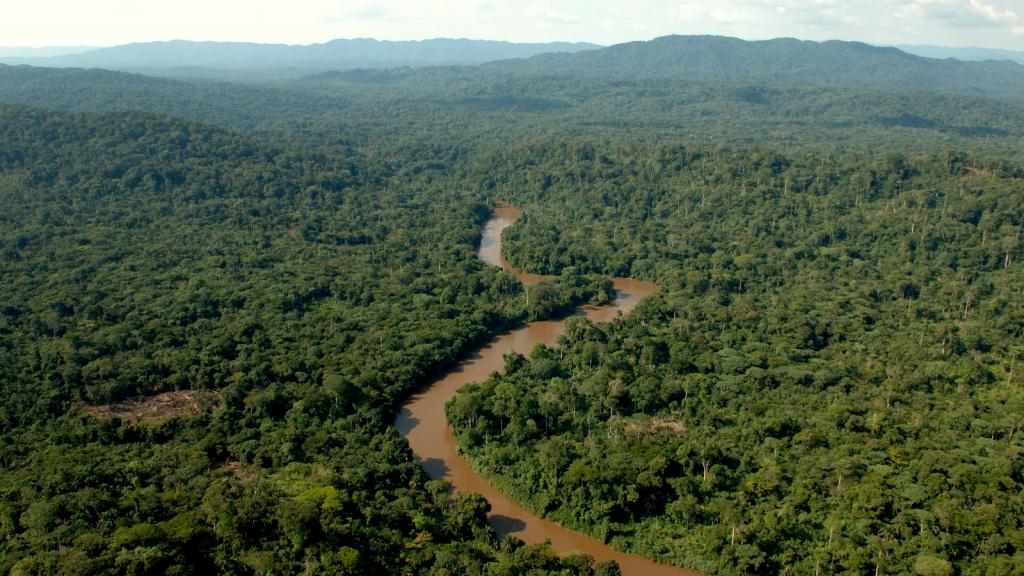We are all part of the living shell - the biosphere. This is a unique ecosystem not only of our planet, but also of the galaxy as a whole. Of course, recent studies have confirmed that organics were discovered on Mars and on various asteroids, but such a diversity of life forms is inherent only to the Earth. If you are ready to expand your horizons a bit and go beyond the school curriculum, it's time to talk in more detail about the characteristics of the biosphere, its structure and basic functions.
The concept of the biosphere and its essence
The biosphere is a conditional shell of the Earth, which is inhabited by living organisms. Why conditional? The fact is that other shells of the planet (earth, water and air) frame the planet in a continuous layer. First comes the earth's and oceanic crust (lithosphere), then the hydrosphere (it combines all water bodies), then the atmosphere (an air shell that smoothly passes into outer space). It is difficult to imagine the biosphere as a concrete layer, because living organisms are evenly distributed over the entire surface of the Earth and can live in all three elements.
The essential characteristics of the biosphere go back to antiquity, but still it is the most “young” shell of our planet. Life on Earth originated relatively recently, only 3.8 billion years ago, which, compared with the age of the planet, is a trifle. There are two concepts of the biosphere:
- The first defines the shell as the totality of all the organics on the planet. It was it that served as the basis for the term that is used to this day.
- The second concept was proposed by V.I. Vernadsky, he believed that the biosphere is an inextricable unity and interaction of animate and inanimate nature, in the broad sense of these definitions.
Nevertheless, the main characteristics of the biosphere are due precisely to its organic component. After all, this is its fundamental difference from other shells of the Earth.
The doctrine of the biosphere and the origin of the term
The concept of a living shell was proposed in the 19th century. Jean Baptiste Lamarck gave a brief description of the biosphere, while the official name did not even exist. In 1875, the Austrian paleontologist and geologist Eduard Suess first proposed the term "biosphere", which is used to this day.
A huge contribution to the study of all life on Earth was made by the Soviet philosopher and biogeochemist V.I. Vernadsky, he became famous thanks to the creation of a holistic teaching on the biosphere. In his writings, living organisms act as a powerful force that continuously participates in the transformation of the planet Earth.
Boundaries of living organisms
The general characteristic of the biosphere begins with a description of the boundaries within which living organisms can inhabit. Some of them are quite tenacious, and can withstand even the most critical conditions.
The boundaries of the biosphere:
- Upper bound. It is determined by the atmosphere, and specifically the ozone layer of the Earth, it is about 15-20 kilometers. The closer to the equator, the more powerful the protective shield of the planet. Life above the ozone layer is simply impossible, because ultraviolet radiation is incompatible with the vital activity of the cells of organisms. In addition, the amount of oxygen is significantly reduced with height, and this is also detrimental to living things.
- Bottom line. It is determined by the lithosphere, the maximum possible depth does not exceed 3.5 - 7.5 kilometers. It all depends on a critical increase in temperature at which protein structures are denatured. However, most living organisms are concentrated at a depth of only a few meters, this is the root system of plants, fungi, microorganisms, insects and animals that live in holes.
- Borders in the hydrosphere. Living organisms can exist in absolutely any part of the ocean: from the surface of the water (plankton, algae) to the bottom of deep-sea trenches. For example, scientists have proven that life exists even in the Mariana Trench at a depth of 11 kilometers.
Live shell structure
The main characteristics of the biosphere include its structure. Vernadsky identified several types of substances that make up the living shell. Moreover, they could have both organic and inorganic origin:
- Living matter. This includes everything that has a cellular structure. However, the mass of living matter in the structure of the biosphere is small and amounts to literally one millionth of the entire shell. The characteristic of the living matter of the biosphere is that it is the most important part of our planet. Indeed, it is living organisms that constantly affect the face of the Earth, changing the structure of its surface.
- Nutrient. These are structures that are created and processed by living organisms. Surprisingly, over millions of years, living creatures passed through the systems of their organs almost the entire world ocean, a huge amount of atmospheric gases and a large mass of minerals. As a result of these processes, minerals of organic origin are formed, such as oil, carbonate rocks and coal.
- Inert substance. These are products of inanimate nature, which were formed without the direct participation of living organisms. These include rocks, minerals, and the inorganic part of the soil.
- Biocosal substance. We remember that living organisms constantly affect the planet. As a result of this, substances are formed that are the products of the decay and destruction of inert structures. This group includes soil, weathering crust and sedimentary rocks of organic origin.
- Also, substances that are in a state of radioactive decay can be included in the structure of the biosphere.
- A separate group consists of atoms, which are continuously created in the process of ionization under the influence of cosmic radiation.
- Recently, substances of extraterrestrial (cosmic) origin have been included in the structure of the biosphere.
Living matter in other shells of the Earth
If we dwell in detail on the characteristics and composition of the biosphere, then we cannot but consider the features of the vital activity of living organisms in other shells of the planet:
- Aerosphere. Living organisms cannot be suspended in the atmospheric layers, microscopic water droplets serve as a substrate for the life of aerobionts, and solar activity and aerosols act as a source of inexhaustible energy. Organisms that live in the atmosphere are divided into three groups. Tropobionts - conduct active life in space from the tops of trees to cumulus clouds. Altobionts are organisms that can survive in thin air conditions. Parabionts - accidentally fall into the highest layers of the atmosphere. At this height, they lose their ability to reproduce, and their life cycle is significantly reduced.

- Geobiosphere. The substrate and habitat for geobionts is the earth's crust. This shell also includes several levels on which specific life forms live. Terrabionts - organisms that live directly on the surface of the land. In turn, the terrabiosphere is divided into several shells: the phytosphere (the zone from the tops of the trees to the surface of the earth) and the ipedosphere (soil layer and weathering crust). Aeolian zone - alpine areas to which life is impossible even for higher plants. Typical representatives of this zone are eolobionts. The lithobiosphere is the deep layers of the earth's crust. This zone is divided into the hypoterrabiosphere (a place where aerobic (oxygen-demanding) life forms can live) and the tellurobiosphere (only anaerobic (oxygen-free) organisms can survive here). In addition, in the lithobiosphere, you can find lithobionts that live in groundwater and rock pores.

- Hydrobiosphere. This area covers all water bodies (except groundwater and atmospheric moisture) on our planet, including glaciers. The inhabitants of the seas and oceans are called hydrobionts, which in turn are divided into: Aquabionts - inhabitants of continental waters. Marinobionts are living organisms of the seas and oceans. Three levels of life are distinguished in the water column, depending on the amount of sunlight that penetrates: The photosphere is the most illuminated zone. The dysfotosphere is always the twilight region of the ocean (no more than 1% of insolation). Afotosphere - a zone of absolute darkness.
From the tundra to the rainforest. Classification of planet biomes
The characteristic of the biosphere is inextricably linked with the concept of biome. This term refers to large biological systems that have a certain prevailing type of vegetation or specific landscape features. There are nine of them. Below is a brief description of the main biomes of the biosphere:
- Tundra. Vast treeless space that occupies the northern parts of Eurasia and North America. The vegetation of this zone is not rich, mainly lichens, seasonal herbs and mosses. The fauna is more diverse, especially in the warmer months of the year, when the migration season for many species of birds and animals begins.
- Taiga. The main vegetation of this area is coniferous forests. Biome occupies about 11% of the land. Despite the harsh weather conditions, in the taiga extremely diverse flora and fauna.

- Deciduous forests. Located in the temperate zone. Seasonal climate and a sufficient amount of moisture allowed the development of a certain type of vegetation of this biome. These are mainly broad-leaved tree species. In addition, these forests are home to many mammals, birds, and fungi, not to mention insects and microorganisms.
- Steppes. This biome is represented by the Asian steppes and the classic prairies of North America. Most often, these are treeless open spaces, as a significant moisture deficit affects. But the animal world is still diverse.
- Mediterranean zone. The area around the sea of the same name is characterized by hot and rather arid summers and very comfortable cool winters. Typical vegetation is represented by hard-leaved forests, thorny bushes and grasses.
- Deserts. Unfortunately, more than 30% of land is occupied by areas that are not at all favorable for living organisms. Desert zones are found throughout Africa and Australia, in South America, as well as in the South, Southwest and the Center of Eurasia. The vegetation and wildlife of these regions are rather scarce.
- Savannahs. This biome is open spaces that are completely covered in grass and single trees. Despite the fact that these are rather poor soils, the fauna of this zone is striking in its diversity. Savannahs are characteristic of Africa, South America and Australia.
- Prickly (tropical) woodland. This zone is distinguished by bizarre forms of thorny bushes and centuries-old trees - baobabs. Due to the uneven distribution of precipitation, the vegetation of this biome is quite rare. Tropical woodlands can be found in Southwest Asia and Africa.

- Rainforests. This is the wettest area of our Planet. The vegetation of this biome is striking in its scale and diversity. Broad-leaved rain forests are located in the basins of large full-flowing rivers, such as the Amazon, Orinoco, Niger, Zambezi, Congo. And also cover the territory of the peninsulas and archipelagos of Southeast Asia.
The main functions of the living shell in nature
It's time to consider the main functions of the biosphere and their characteristics:
- Energy. This function is carried out by plants that are involved in the process of photosynthesis. Accumulating solar energy, they either distribute it between other components of the living shell, or accumulate in dead organic particles. So there are combustible minerals (coal, peat, oil).
- Gas. Living organisms are involved in ongoing gas exchange.
- Concentration. Some life forms have the ability to selectively accumulate nutrients from the environment. Subsequently, they can serve as a source of these substances.
- Destructive. Living organisms constantly affect the environment, decomposing and processing its surface. This is how inert and biocosal matter is formed.
- Environment-forming. The biosphere maintains a balance of favorable and unfavorable environmental conditions, which are necessary for the full functioning of organisms.
Biosphere properties
Since the living shell is a very complex system, the characteristics of the biosphere cannot do without the basic properties that determine its specificity:
- Centralization All processes in the living shell are concentrated around living organisms, they occupy a central place in the study of the biosphere.
- Openness. The biosphere can exist only due to the supply of energy from outside, in this case it is solar activity.
- Self-regulation. The biosphere is a "whole organism", which, like a living creature, has the ability to homeostasis.
- Diversity. A huge number of animals, plants, microorganisms and fungi live on the earth.
- Ensuring the circulation of substances. It is due to living organisms that photosynthesis and the circulation of substances are carried out. In the characterization of the biosphere, these two processes occupy one of the main places.
Evolution and history of the Earth’s living shell
If we characterize the biosphere from the point of view of evolution, then we can say that this is the only shell that is constantly developing and improving. It's all about living matter, it is it that is constantly evolving. The inorganic part of the living shell does not have the ability to develop. If we talk about the characteristics of the biosphere in the future, then everything is a little more complicated. The shell is becoming increasingly unstable, and it is very difficult to predict the future course of events.
Artificial biosphere
A person cannot exist outside the living shell; it is very difficult to reproduce everything that it can give us. The characteristics of the biosphere are so unique that mankind still cannot fully recreate its conditions in an artificial environment. However, science does not stand still and, possibly, in the future, scientists will achieve certain successes in this direction.